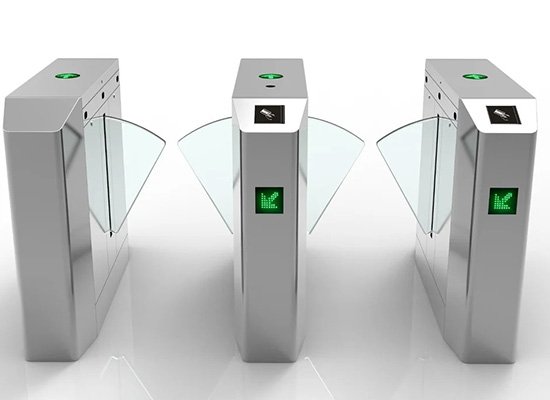
Flap Barrier / Turnstile
Flap barriers, also known as turnstiles, are highly efficient access control systems designed to regulate the flow of people in various environments. These systems offer a secure and organized way to manage pedestrian access while ensuring minimal disruptions and efficient crowd management. This article explores the features, benefits, and applications of flap barrier/turnstile systems.



